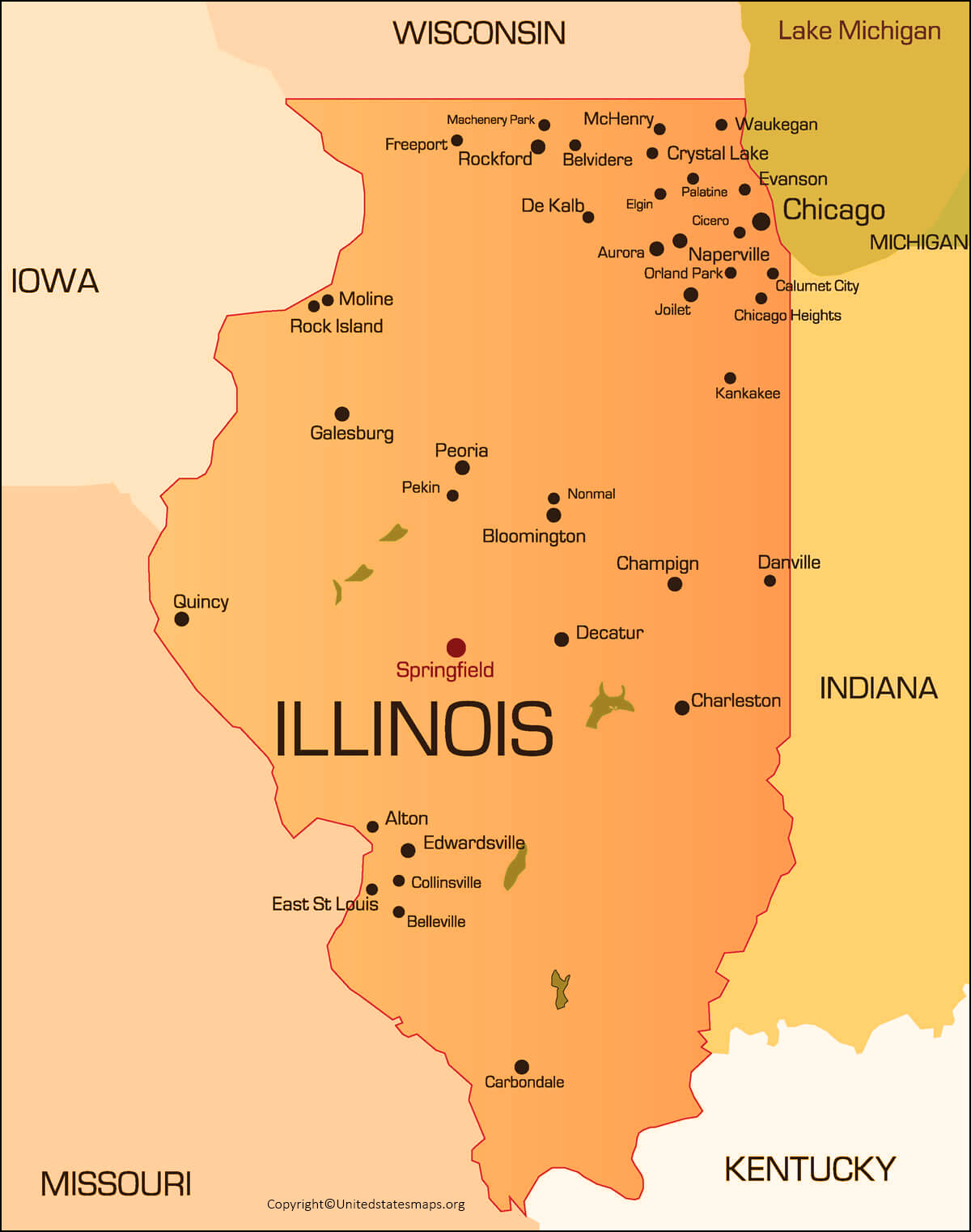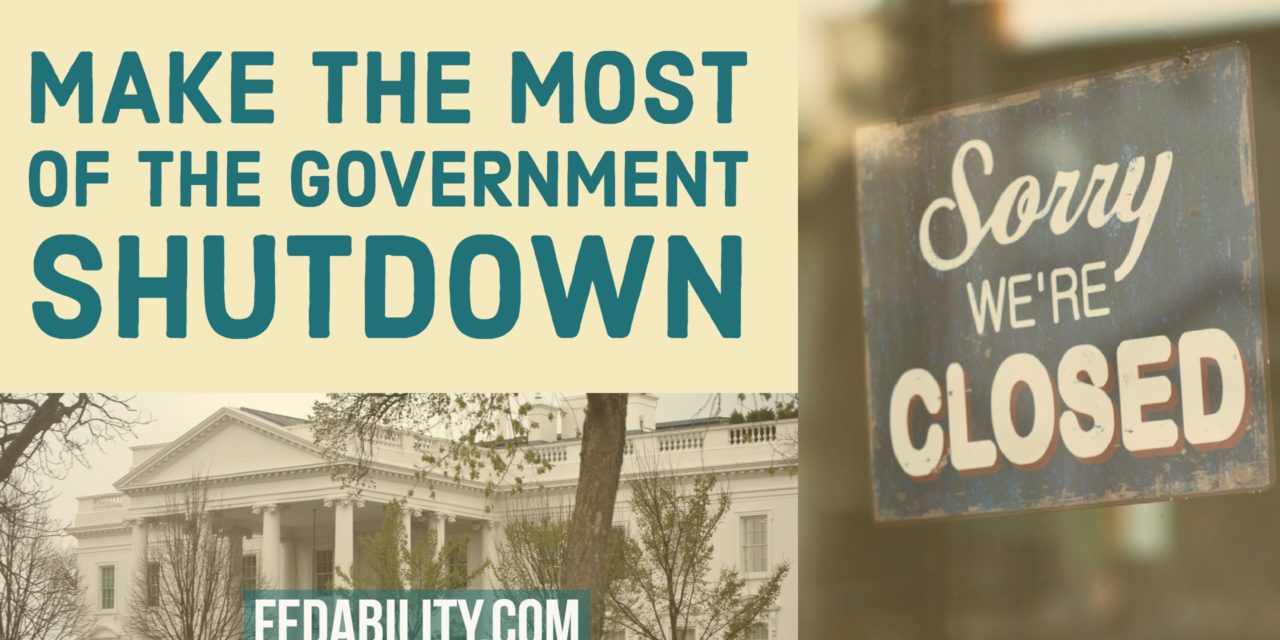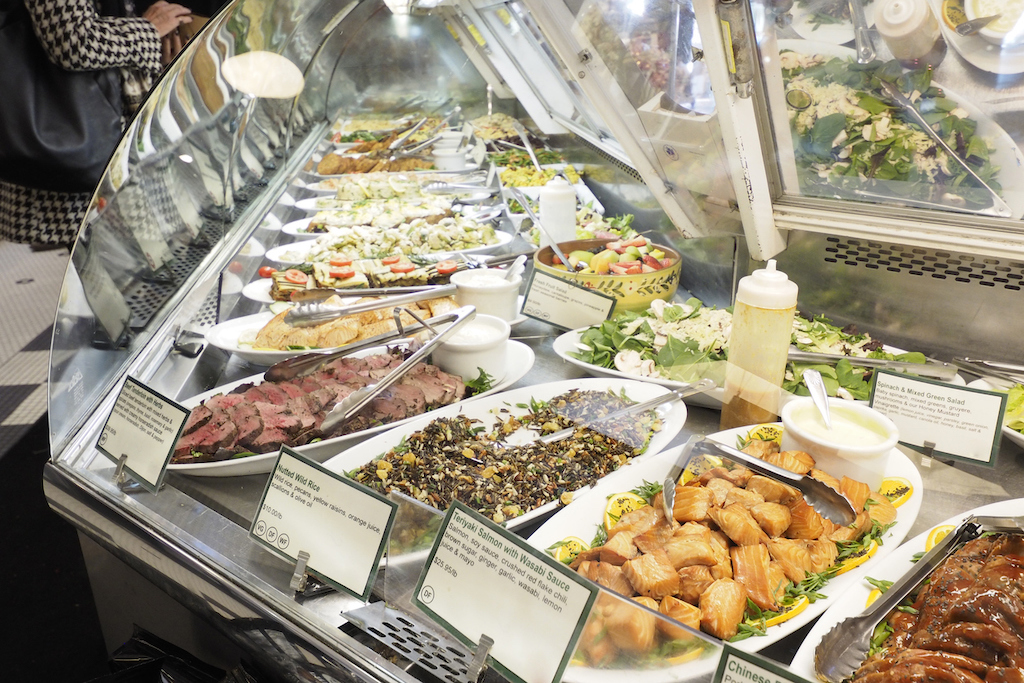The term “Illinois Snap” has recently taken the spotlight in U.S. trending news, sparking widespread interest and concern across the country. While the phrase may seem obscure at first glance, it’s tied to a critical issue affecting millions of Illinois residents: the potential loss of federal food assistance benefits due to a government shutdown. This article explores what “Illinois Snap” means, its relevance today, and the broader implications for families relying on the Supplemental Nutrition Assistance Program (SNAP).
Understanding SNAP and Its Importance

The Supplemental Nutrition Assistance Program (SNAP), formerly known as the Food Stamp Program, is a vital lifeline for low-income individuals and families in the United States. Administered by the U.S. Department of Agriculture (USDA) through the Food and Nutrition Service (FNS), SNAP provides electronic benefits that can be used to purchase food at authorized retailers.
In Illinois, SNAP is managed by the Illinois Department of Human Services (IDHS). The program helps over 1.9 million people each month, including nearly half of all households with children and a significant number of individuals with disabilities. For many, these benefits are essential for maintaining basic nutrition and stability.
What Is ‘Illinois Snap’?
While “Illinois Snap” is not an official program name, the term refers to the state’s participation in the SNAP program and the current crisis surrounding it. The phrase has gained traction in recent weeks due to concerns about the potential interruption of SNAP benefits if the federal government remains shut down beyond November 1.
Illinois has expanded eligibility beyond the standard federal SNAP requirements, making it one of the more accessible states for qualifying individuals. However, this expansion also means that any disruption in funding could have a severe impact on those who rely on the program.
Why Is ‘Illinois Snap’ Trending Now?

The current attention around “Illinois Snap” stems from a looming deadline. If Congress fails to pass a budget by the end of October, the USDA will stop funding SNAP benefits starting November 1. This would mean that approximately 1.9 million Illinois residents could lose their monthly food assistance, leaving them vulnerable during the holiday season.
This situation has drawn strong reactions from state officials and advocacy groups. Democratic Party of Illinois Chair Elizabeth “Lisa” Hernandez criticized the lack of action, stating, “They’re refusing to save health care for 22 million Americans, and now they’re willing to let 1.9 million Illinoisans — including children — go hungry.”
The Impact on Families and Communities
The potential loss of SNAP benefits would hit hard, especially for families already struggling to make ends meet. In Illinois, about 45% of SNAP households include children, and 44% include a person with a disability. These groups are among the most vulnerable when it comes to food insecurity.
The average monthly benefit per person is around $370, which is crucial for covering basic food needs. Without this support, many families could face difficult choices between paying for groceries or other essential expenses like housing and utilities.
State Response and Challenges

Governor JB Pritzker has expressed concern over the situation, emphasizing that the state lacks the resources to cover the costs of SNAP benefits if federal funding is cut off. “There is no reimbursement of the state if those SNAP benefits are lost,” he said. “I asked that question immediately. There obviously is a big challenge for a lot of families — hundreds of thousands of families — across Illinois.”
Pritzker has directed state agencies to identify areas where spending can be reduced, but the state faces its own budget challenges. With a projected deficit of over $200 million in fiscal year 2026 and a $2 billion shortfall in 2027, the state is under pressure to find alternative solutions.
The Role of Federal Policy
The situation is further complicated by recent federal policy changes. The “One Big Beautiful Bill Act” signed by President Donald Trump in July shifts half of administrative costs to states beginning in October 2026. Starting in October 2027, states will also begin paying a portion of benefits based on their error rates.
Illinois, with its current error rate, is expected to pay $705 million for benefits when the new policy takes effect. This adds another layer of financial strain on an already stressed system.
How to Apply for SNAP Benefits

For those who qualify, applying for SNAP benefits is a straightforward process. The Illinois Department of Human Services (IDHS) offers an online eligibility calculator to help determine if a household meets the criteria. Key factors include income, expenses, and household size.
Eligibility is determined based on gross income, net income, and asset tests. However, households with members over 60 or with disabilities may be exempt from some of these requirements. The income limits vary depending on household size and whether the household includes elderly or disabled individuals.
What Can Be Purchased with SNAP Benefits?
SNAP benefits can be used to buy most food items, including fruits, vegetables, meats, and dairy products. They can also be used to purchase seeds and plants for home gardening. However, there are restrictions on what cannot be purchased, such as hot foods, alcohol, tobacco, and non-food items like pet food or diapers.
The Future of SNAP in Illinois
As the political stalemate continues, the future of SNAP in Illinois remains uncertain. Advocates are urging lawmakers to prioritize passing a budget to prevent the disruption of benefits. Meanwhile, the state is exploring ways to support affected families, including increasing access to food pantries and community resources.
Conclusion
The term “Illinois Snap” has become a symbol of the ongoing struggle for food security in the state. As the deadline approaches, the stakes could not be higher for millions of Illinois residents who depend on SNAP benefits. The situation highlights the importance of stable federal funding and the need for bipartisan cooperation to ensure that no one goes hungry.
For those interested in learning more about SNAP eligibility or how to apply, the Illinois Department of Human Services website provides detailed information and resources. Stay updated with the latest news and developments as this critical issue unfolds.
Author Section
Author: John Doe
Title/Role: Senior Journalist
Credentials: John Doe is a seasoned journalist with over 15 years of experience covering public policy and social issues in the United States. He has contributed to major national publications and is known for his in-depth reporting on welfare programs and food security.
Profile Link: john-doe-journalism.com
References
- USDA SNAP Eligibility Guidelines
- Illinois Department of Human Services – SNAP Information
- Capitol News Illinois – State Government Coverage
Internal Links
Schema Markup
{
"@context": "https://schema.org",
"@type": "Article",
"headline": "What Is 'Illinois Snap' and Why Is It Trending Now?",
"datePublished": "2025-10-25",
"dateModified": "2025-10-25",
"author": {
"@type": "Person",
"name": "John Doe"
},
"publisher": {
"@type": "Organization",
"name": "US Trending News",
"logo": {
"@type": "ImageObject",
"url": "https://www.example.com/logo.png"
}
},
"description": "Discover what 'Illinois Snap' is and why it's trending now. Learn about the potential impact of a federal shutdown on food assistance in Illinois."
}
Featured Snippet
What is ‘Illinois Snap’? ‘Illinois Snap’ refers to the state’s participation in the Supplemental Nutrition Assistance Program (SNAP) and the current crisis surrounding potential disruptions in federal funding. Over 1.9 million Illinois residents rely on SNAP benefits, and a government shutdown could leave them without food assistance.











More Stories
US Trending News: Exploring Zach Top Greensboro
US Trending News: The ‘Your Mom’ White House: A Trendy Take on Political Humor
US Trending News: Zach Lowe Twitter Updates and Insights